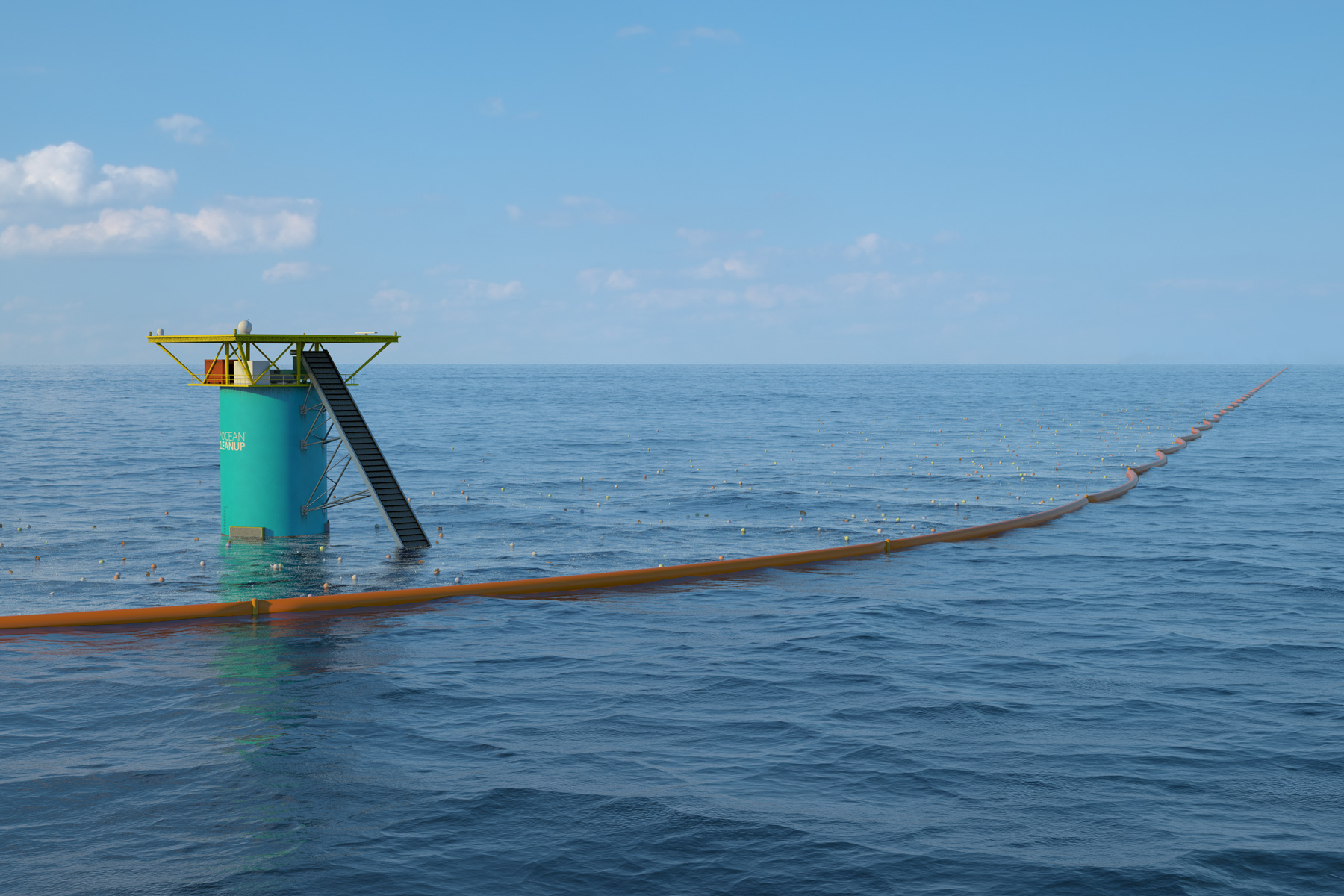Former TU student Boyan Slat presented his approach for removing the plastic waste from the oceans in New York last Tuesday. The Delft audience joined in via a video-link.
After a remarkable silence of about a year, the 19-year-old Boyan Slat chose to reveal his plans in New York for a larger impact. Previously he had expressed his commitment for a great ocean cleanup in a TEDxDelft lecture. But after that, he took 19 months to test the feasibility of his plan with numerous experts and also to perform some experiments in the Azores.
His approach features a long (100 kilometres) screen of about 1 meter deep that is anchored in one of the five ocean gyres where plastic waste accumulates. The system is passive, but because of the water movement of the gyre, plastic will accumulate against the screen and especially in the central angle of the screen. There the density will be so large that the waste can easily be lifted out into a large floating container.
Slat now aims for a prototype of about 100 km long, which he expects to collect half of the floating waste from a gyre in about ten years time. For that purpose he started a crowdfunding initiative to collect 2 million dollars on his website.



Comments are closed.